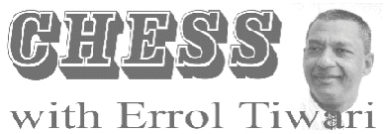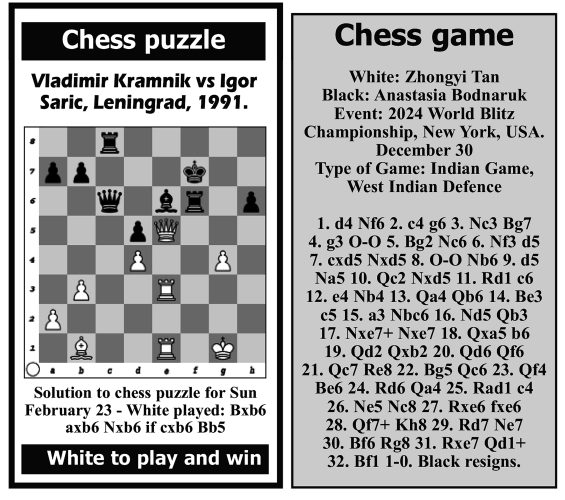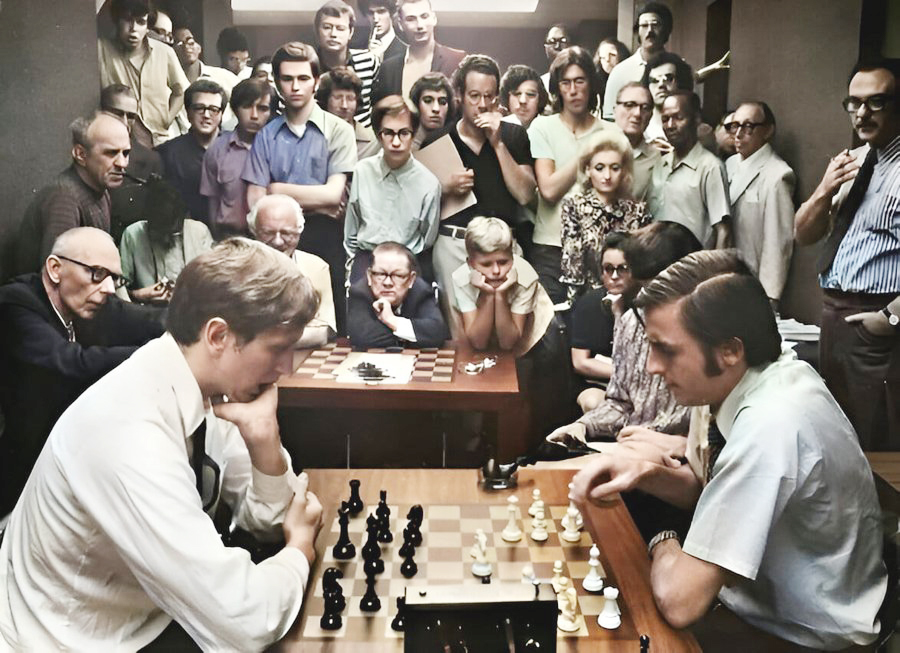 In any chess game there is an opening, a middle game and an ending. Some games, especially for beginners, do not go through the three stages, but as your play improves it becomes necessary to learn some things about them.
In any chess game there is an opening, a middle game and an ending. Some games, especially for beginners, do not go through the three stages, but as your play improves it becomes necessary to learn some things about them.
American grandmaster and world champion Bobby Fischer was a versatile king pawn player represented by the move 1. e4. Fischer played the move incessantly against the very best in the world. Aggressive players are more likely to choose 1. e4 since there are more chances to lead the game into early confrontation. Fischer studied each response to e4 well, and you may say, until he passed, he was the leading expert on e4.
 In my time of studying chess, before the introduction of the internet, there was “Modern Chess Openings”, a big reference book detailed with different lines of play. It was the standard English language work on openings for almost a century. One journalist claimed that studying this book might be equivalent to studying for a Phd. The book was frightening with its innumerable systems.
In my time of studying chess, before the introduction of the internet, there was “Modern Chess Openings”, a big reference book detailed with different lines of play. It was the standard English language work on openings for almost a century. One journalist claimed that studying this book might be equivalent to studying for a Phd. The book was frightening with its innumerable systems.
A gentleman asked Fischer to teach him chess. Fischer gave him a copy of “Modern Chess Openings” and said study it. After a year the gentleman approached Fischer once more and said he was finished. Fischer looked at him and advised, do it over again. Why did Fischer advise him to read the book again? Because if you want to be on par with Fischer you have to read it over to grasp everything!
In king pawn openings there is the ever-popular Ruy Lopez or the Spanish Opening which was developed by the Spanish priest Ruy Lopez de Segura and dates back to the 16th century. He analyzed it in his book “Libro del Ajedrez”, which has become a staple in top-level chess games and remains an important part of classical chess theory. The opening is characterized by the moves 1.e4 e5 2.Nf3 Nc6 3. Bb5 with some lines being analyzed well beyond move 30. At almost every move there are reasonable alternatives and most have been deeply explored. The most commonly played third move for Black is the Morphy Defence …a6.








